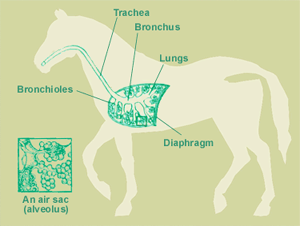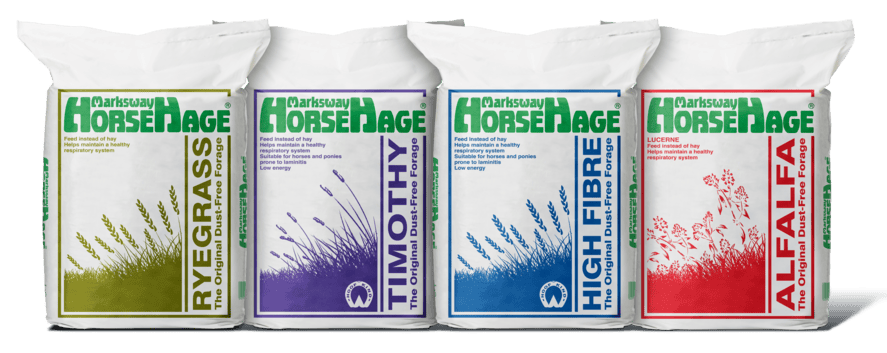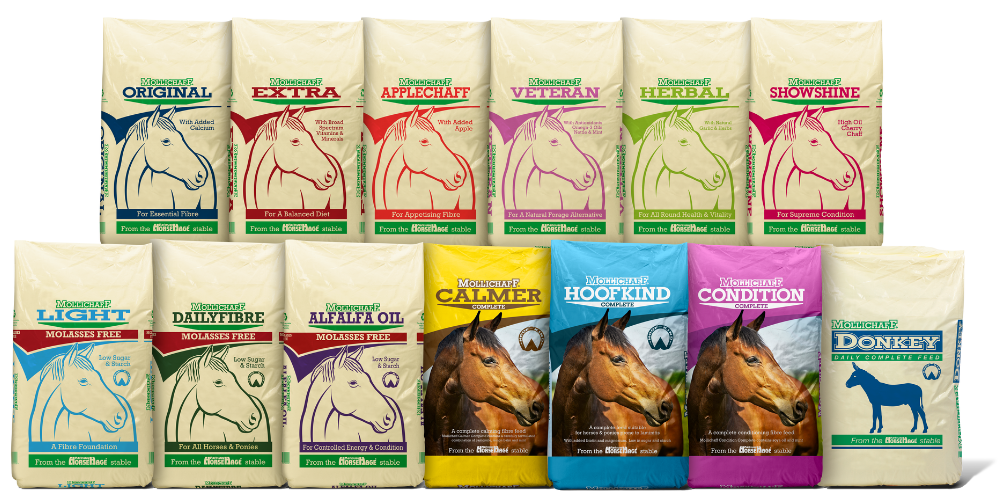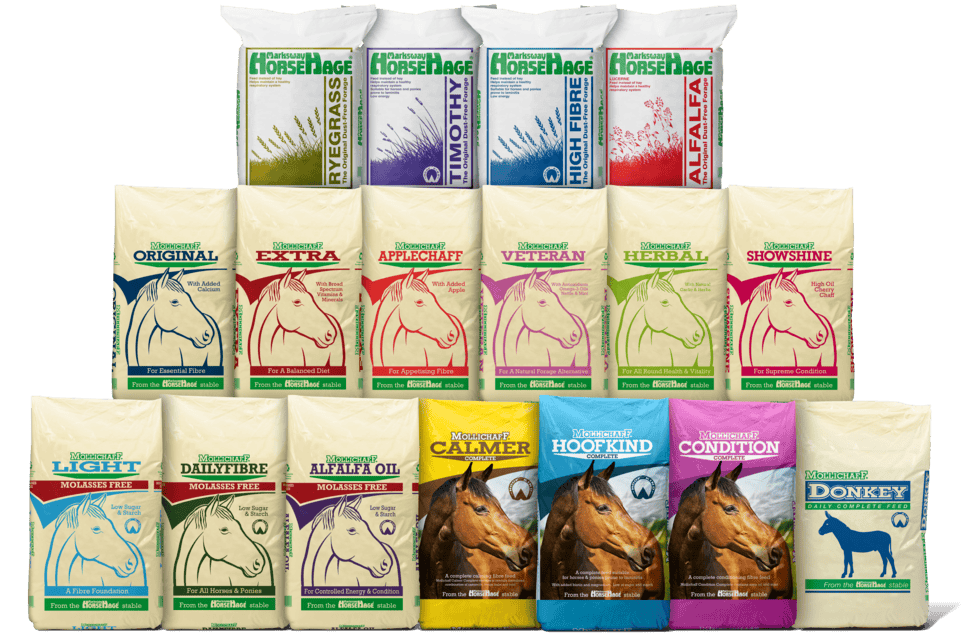Respiratory Disorders in Horses
Both the incidence and recognition of respiratory disease in horses have increased over the past two decades, and recent research has indicated the need to pay close attention to the environment, to reduce the level of exposure to the disease-causing agents.
If the horse is suffering from a viral or bacterial infection of the respiratory tract, or an allergic response to the presence of inhaled fungal or actinomycete spores or noxious gases such as ammonia, this can cause inflammation of the small airways, increased mucus production and bronchospasm, and the condition can be exacerbated by a ‘dusty’ environment.
Indeed the connection between respiratory tract infection and allergic respiratory disease is well known in human medicine, and it appears that horses are more sensitive to respiratory allergens (agents causing an allergic response) after infections of the respiratory tract, since the damage to the airways caused by the infection allows easier access of airborne allergens to the sensitive tissues.
Thus, not all viral or bacterial infections will result in the horse becoming sensitized, but recovery time after respiratory infection is prolonged in the presence of environmental contaminants. Once a horse or pony becomes sensitized – and this can occur over a period of years of being exposed to environmental pollutants – it will remain so for life, whether that sensitization was due to exposure to a severe challenge or as a sequel to respiratory infection.

The major respiratory allergens include:
- Fungal and other respiratory spores – especially the thermophilic actinomycetes
- Ammonia and other harmful gases
Fungal Spores
Hay is probably the single most common source of fungal spores, most commonly caused by baling at too high a moisture content.
A horse eating mouldy hay or stabled on a contaminated bed may inhale millions of spores with every breath. Perhaps more importantly, significant levels of fungal contamination may be seen in hay which looks and smells ‘clean’.
Thus the challenge to the respiratory system probably exists to a greater or lesser degree with all horses that are still fed hay. Even when hay is soaked, the horse still ingests the spores, along with any toxins which may be present and as the wet hay falls to the floor and dries, the spores will again become airborne and inhaled by the horse and will contaminate the bedding.
Other feedstuffs, such as poorly stored or dried oats, can also be a source of fungal contaminants.
Even the cleanest of straw will contain more fungal spores than alternative beddings such as wood shavings, paper or synthetic beddings.
Photomicrograph of HorseHage showing negligible fungal contamination vs typical photomicrograph of contaminated hay, straw or plant-based bedding:


Ammonia
Ammonia released from deep litter or poorly managed bedding, where damp patches are left, can seriously damage the horse’s airways and reduce the efficiency with which the horse copes with other respiratory allergens such as fungal spores.
Deep litter should be avoided, as significant moulding can occur, in addition to the build-up of noxious gases (ammonia) and the larvae of gastrointestinal parasites.
Reducing the Respiratory Challenge
- The introduction of semi-wilted forage in place of hay in the ration will probably make the single greatest contribution to reducing the respiratory challenge to all stabled horses and ponies – since all are being challenged, and if the challenge continues, horses which are apparently unaffected may eventually become sensitized.
- Straw bedding and all forms of deep litter should be replaced with one of the materials outlined above, and well managed, as even shavings or paper can become contaminated if damp patches remain, releasing ammonia into the horse’s environment.
- Ventilation is essential to reduce the environmental pollutant level, thus good stable construction is essential with an adequate number of air changes occurring throughout the stable, without draughts being set up – an extra rug is definitely preferable to closing the top door. This may need some adaptations to older buildings.
- Siting of stables is important so that the pollutants from a nearby hay or straw barn or dungheap are not carried past the horse’s door. Similarly, there is little point in trying to control the environment of one horse, if in a shared airspace there is another horse eating hay on a straw bed.
- Feeding high-quality, mould-free feeds is essential and commercial cubes or molassed feeds usually provide dust-free rations.
- In addition to the management changes outlined above, in severely affected horses and ponies, drugs may be necessary to control respiratory disease, and veterinary advice should be sought.
- More recent research has highlighted the importance of anti-oxidants in lung health. Recent work has indicated that horses suffering from RAO may have disturbed oxidant-antioxidant equilibrium. There are now antioxidant supplements on the market aimed specifically at horses suffering from RAO.
HorseHage Range
Our HorseHage range comes in four different varieties offering different energy values, allowing you to choose the variety most suitable for your horse.
View RangeMollichaff Range
From high quality chaffs to complete feeds, our Mollichaff range offers a number of different options individually tailoring the feed to your horses needs.
View Range



